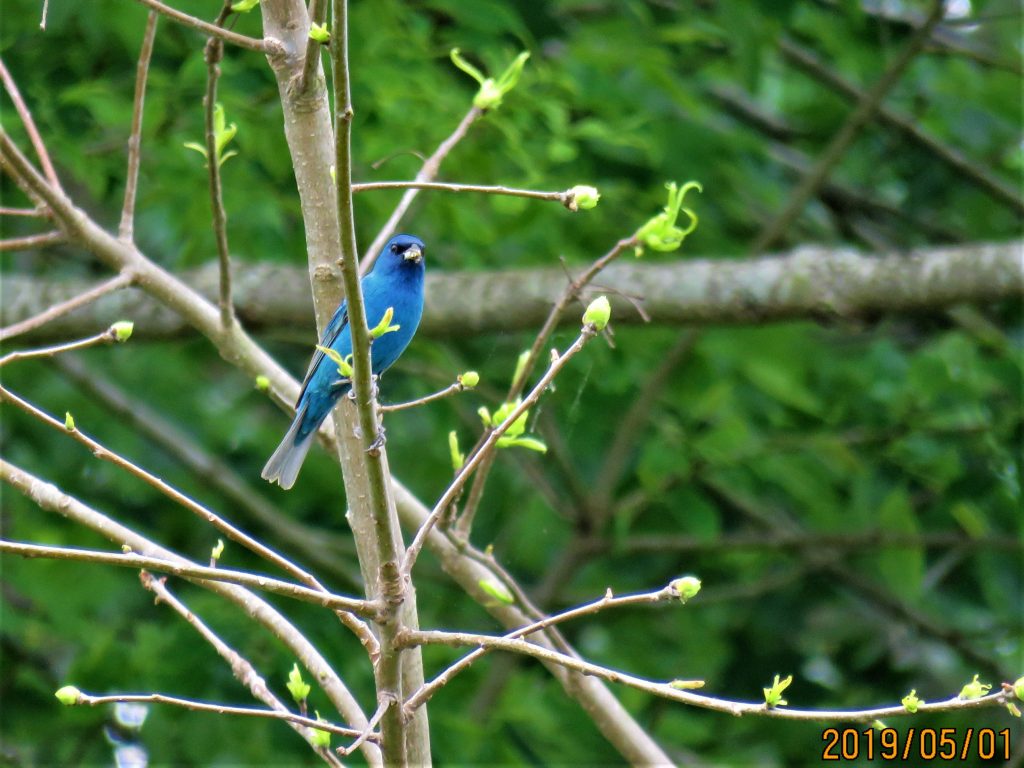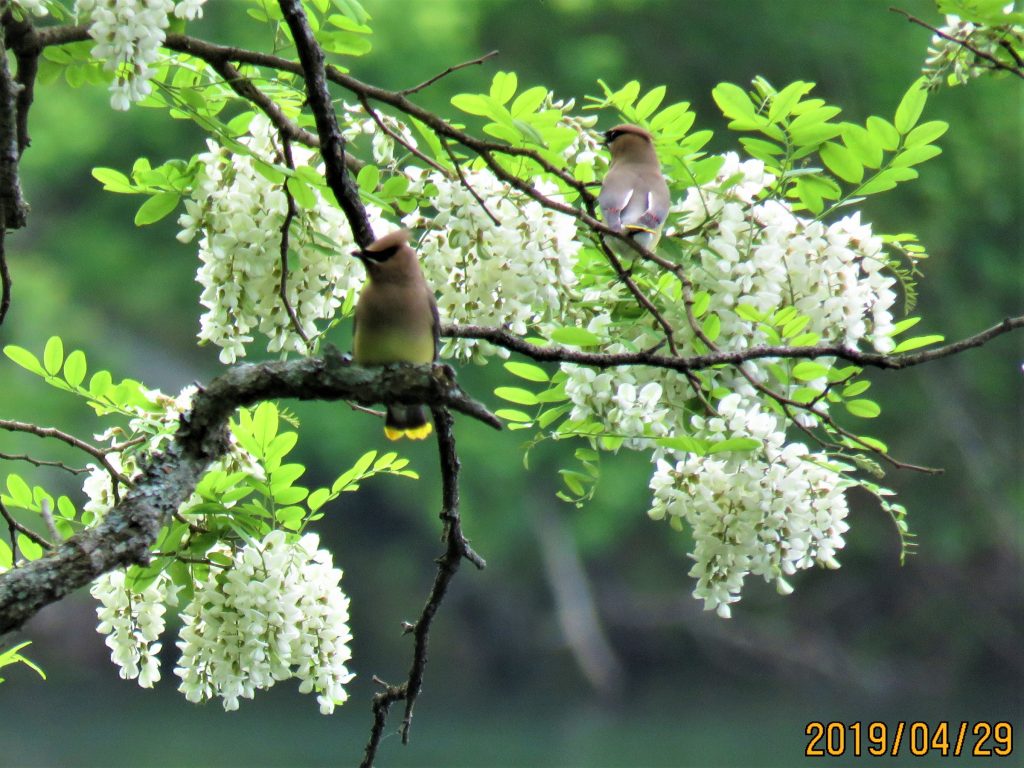Today is World Migratory Bird Day (WMBD)! WMBD celebrates and brings attention to one of the most important and spectacular events in the Americas – bird migration. Each year, hundreds of bird species migrate between their nesting habitats in North America and wintering grounds in Latin America, Mexico, and the Caribbean.
This year’s conservation campaign, “Birds connect our world,” highlights the tracking technologies that researchers use to learn about migratory routes, examines the hazards birds face during their journeys, and implements conservation actions to help migratory birds along the way. Click here to learn more about WMBD.
To help celebrate WMBD here in northcentral Pennsylvania, ecologist and Northcentral Pennsylvania Conservancy member, Bob Ross, shares some insight on three species that both migrate through Pennsylvania annually and breed in Pennsylvania as well. All three are illustrated in this article with photos taken by Bob from his personal gallery. See if you can spot them this season!
Celebrating World Migratory Bird Day
By: Bob Ross
First the Hooded Warbler, a true neotropical migrant, which refers to birds that spend winters in the neotropics (Central and South America) but migrate long distances north in spring to breed in temperate or arctic North America, returning to the tropics by fall. This forest songbird prefers mature extensive forests with dense understory, often near forest roads or other gaps in the forest cover. It nests in shrubs typically not far from the ground. It is an insectivore and aracnid feeder and feeds by hawking, hovering, and gleaning prey from foliage. It plays an important role in forest health by helping to control damaging caterpillars on trees and shrubs. Often heard before seen, this songbird is worth learning its song then getting into the forest to find. Its territories are found throughout central Pennsylvania woodlands.

Another summer beauty that enriches our lives with song and color is the Indigo Bunting. This songbird is also a neotropical migrant with distribution similar to the Hooded Warbler, but ranges further west into the Great Plains and some areas of the mountain West. It is a seed and berry feeder primarily, often stopping at yard feeders to “carb-up” before reaching its breeding grounds. It is more generalist in breeding habitat, though, than the warbler, preferring brushy or abandoned agricultural fields to forage in. But it sings atop tall trees along roadsides and fields all summer long and all day long where we can hear him easily and find him with some effort (watch out you don’t get “warbler neck” looking up so much!). Like all songbirds, it feeds it young insects and other invertebrates, gleaned from grasses, shrubs, and trees. Find this bird easily by driving along gravel or farmland roads with wooded patches, or by bicycle or foot along rail or other foot trails.

Finally a true frugivore native to Pennsylvania and throughout sub-arctic North America, the Cedar Waxwing. It winters south to Central America then migrates north to breed widely across the continent, mostly dropping south of Canada for the winter. It is nomadic, following ripening fruit shrubs and trees, often breeding late in summer in response to this food source wherever it might be. It also feeds its young insects, however, and is often seen sallying out over rivers such as Pine Creek in August to capture them above water, sometimes in large groups. Check out the tree cover the pair of waxwings is using in the photo: a flowering honey locust, soon to be seen and smelled in northcentral Pennsylvania!

Bird migration is already underway in Pennsylvania, so get out there into the woods, hills, and dales to watch it. Whether waterfowl, raptors, or songbirds, you can enjoy migratory birds and their connection to the rest of the world this time of year, every year!
Bob Ross was the lead research ecologist at the Northern Appalachian Research Laboratory near Wellsboro before retiring in 2007. He spends winters in the southern California desert and recently published the book Birds of the Whitewater River, Southern California (www.birdsofwhitewaterriver.com).


Very nice post by my old friend, Bob Ross! Connecting birds with habitat and with their wintering grounds is a very important lesson. Thanks, also for the connect with Bob’s book about the Birds of Whitewater River in California. An important contribution to the bird ecology literature.
Thank you so much for the feedback! We sure do appreciate Bob sharing his passion and expertise with NPC’s followers. We’ll be sure to pass your message along to Bob. 🙂